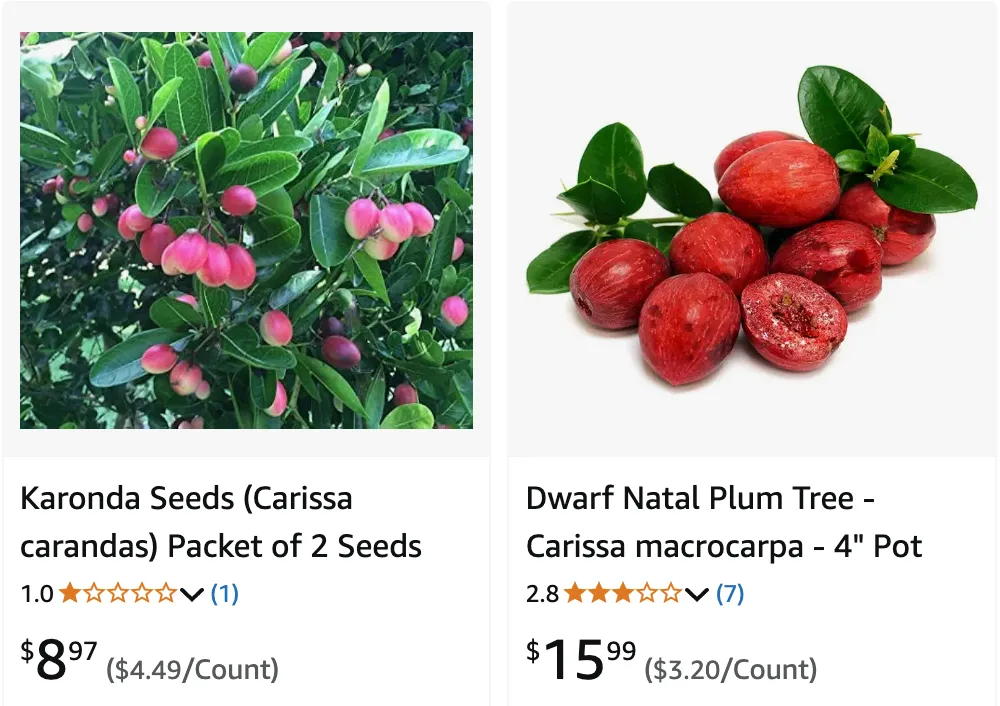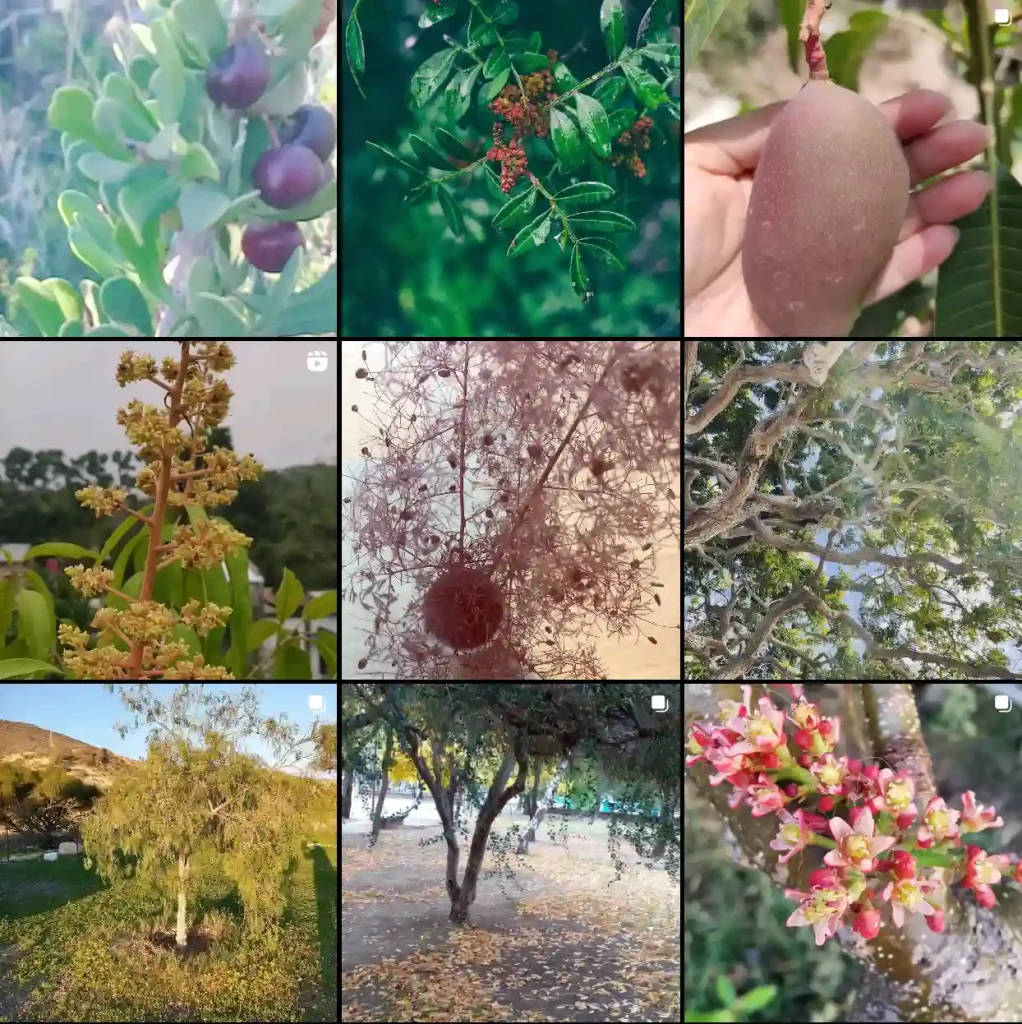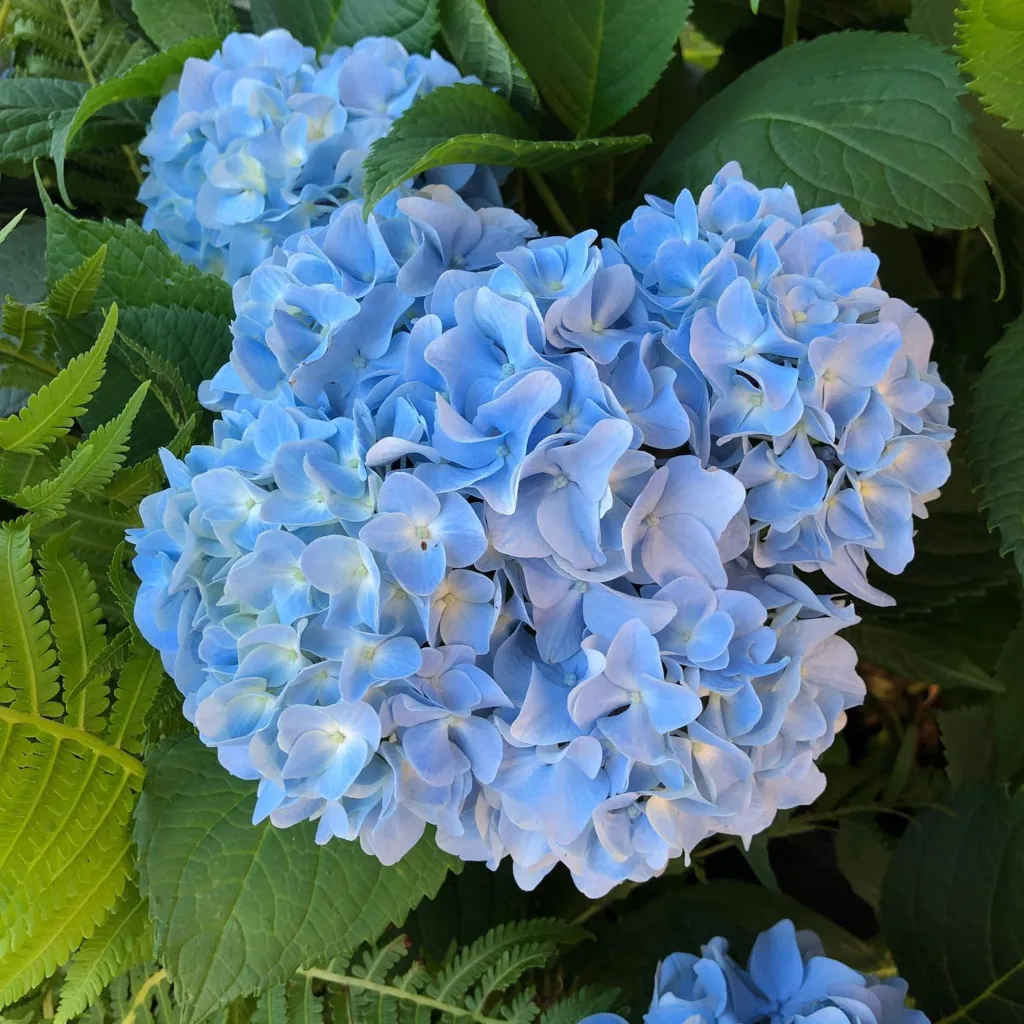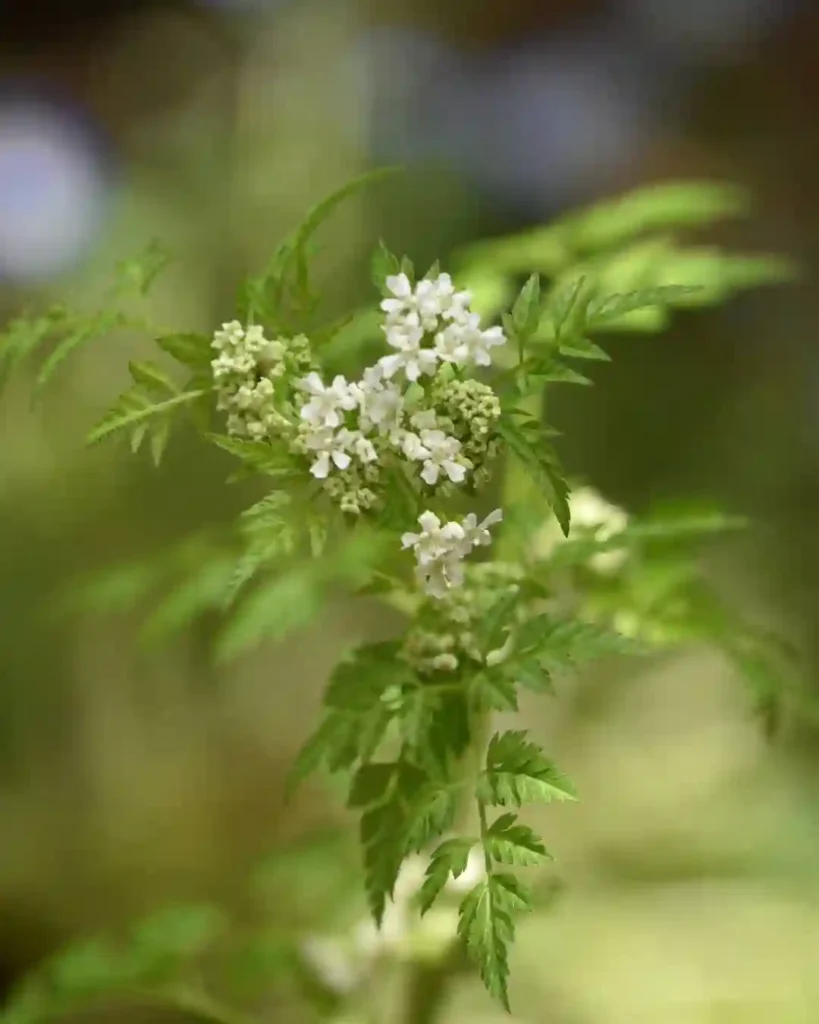
May 15 – Carissa
"Carissa, the natal plum, represents May 15."
Carissa symbolizes protection and sweetness. You have a caring and nurturing nature, offering support and kindness to those in need. Like its sweet fruit and thorny branches, you balance softness with strength.
My Fascination with Carissa
I’ve always been drawn to the unique and the beautiful, and in the world of plants, the genus Carissa certainly fits the bill. These evergreen shrubs and small trees, with their glossy leaves, fragrant flowers, and vibrant fruits, have captivated me since I first encountered them. I’m Ferb Vu, and I’d like to share my admiration for this fascinating genus.
A Thorny Beauty
The first thing that struck me about Carissa was its intriguing contrast. The plants are adorned with delicate, star-shaped flowers that exude a sweet jasmine-like aroma. Yet, these seemingly gentle plants are also armed with formidable thorns, a stark reminder that beauty can indeed be thorny. This juxtaposition of fragility and strength is what initially piqued my interest.
Carissa belong to the Apocynaceae family, is native to tropical and subtropical regions of Africa, Australia, and Asia. They are hardy plants, capable of thriving in diverse environments, from coastal dunes to arid inland areas. This resilience is another aspect that I find admirable.
A Diverse Genus
The genus Carissa encompasses a variety of species, each with its own unique characteristics. Here are:
- Carissa andamanensis: A rare species endemic to the Andaman Islands, known for its small, glossy leaves and fragrant flowers.
- Carissa bispinosa: Commonly found in southern Africa, it is characterized by its spiny branches and ability to thrive in arid conditions.
- Carissa boiviniana: A lesser-known species native to Madagascar, appreciated for its ornamental foliage and resilience.
- Carissa carandas: Widely cultivated in South Asia, this species produces tart berries used in culinary and medicinal applications.
- Carissa haematocarpa: Also known as the “num-num,” it is native to arid regions of South Africa and bears red edible fruits.
- Carissa kopilii: A critically endangered species from northeast India, distinguished by its unique habitat along riverbanks.
- Carissa macrocarpa: Commonly called “Natal plum,” it is a popular ornamental shrub with large, edible, and sweet fruits. Plant FAQs: Carissa Macrocarpa – Natal Plum – Carissa Plum
- Carissa pichoniana: Native to Madagascar, this species is known for its ecological adaptability and spiny defensive growth.
- Carissa spinarum: Known as the “wild karanda,” it is widely distributed in Africa and Asia, offering small, nutritious fruits.
- Carissa tetramera: Endemic to Kenya, this species is valued for its dense, thorny growth and fragrant blossoms.
This diversity within the genus is something I find truly remarkable. Each species offers something unique, whether it’s the flavor of its fruit, the size and shape of the plant, or its particular uses.
More Than Just Ornamental
While Carissa is often cultivated for its ornamental value, it has a rich history of practical uses as well. The fruits of many species are edible and are a good source of vitamins and antioxidants. They can be eaten fresh or used to make jams, jellies, and other culinary delights.
Beyond its culinary applications, Carissa has also been used in traditional medicine. Various parts of the plant, including the leaves, roots, and bark, have been used to treat a range of ailments, from headaches to skin infections.
A Personal Connection
My interest in Carissa goes beyond mere admiration. I’ve had the opportunity to cultivate several species in my own garden, and the experience has been incredibly rewarding. Witnessing the plants grow and thrive, and eventually bear fruit, has given me a deeper appreciation for their resilience and beauty.
I’ve also experimented with incorporating Carissa fruits into my cooking. The unique flavor of the fruits adds a special touch to jams, jellies, and even savory dishes. It’s been a delightful journey of culinary exploration.
A Symbol of Resilience
For me, Carissa represents more than just a beautiful plant. It symbolizes resilience, adaptability, and the ability to thrive even in challenging conditions. These are qualities that I admire not only in plants but also in people.
In a world that often feels chaotic and unpredictable, Carissa serves as a reminder that beauty and strength can coexist. It’s a reminder that even in the face of adversity, we can flourish and bear fruit.
If i die, water my plants!



